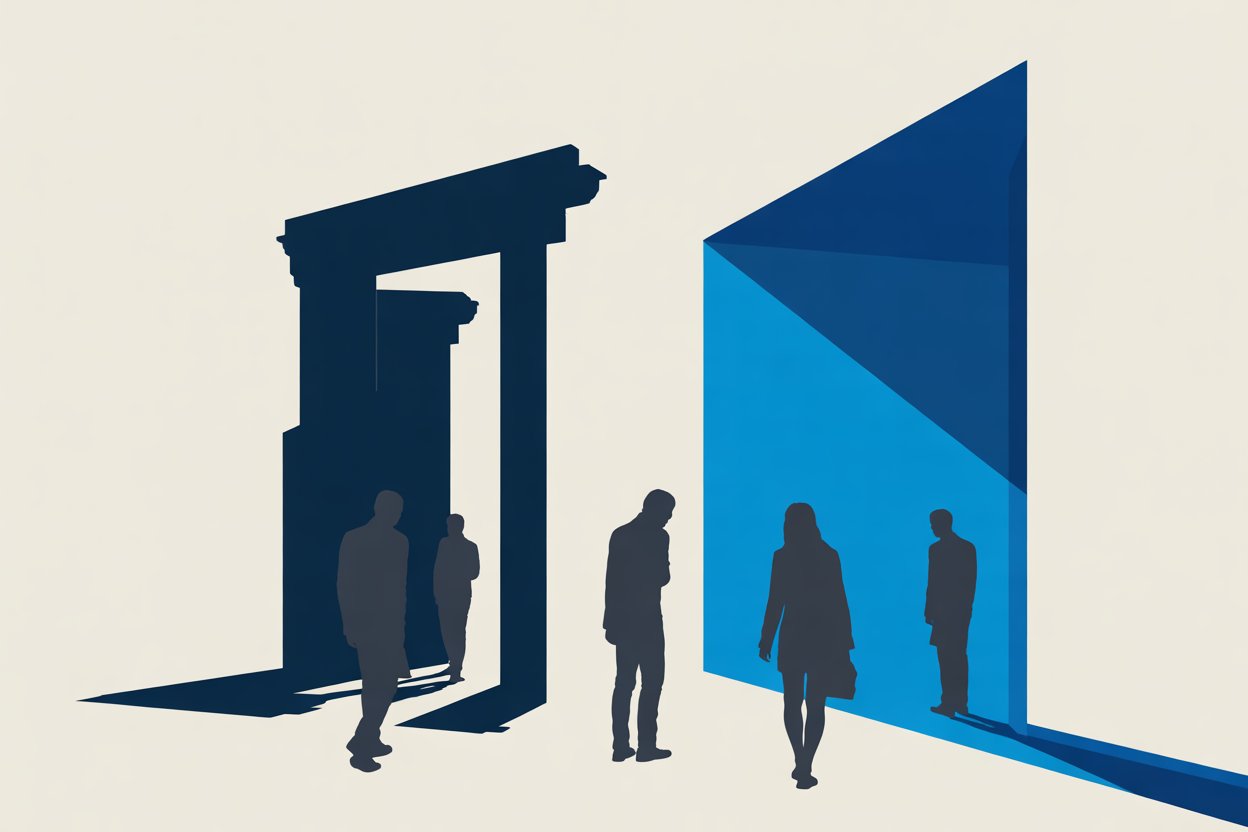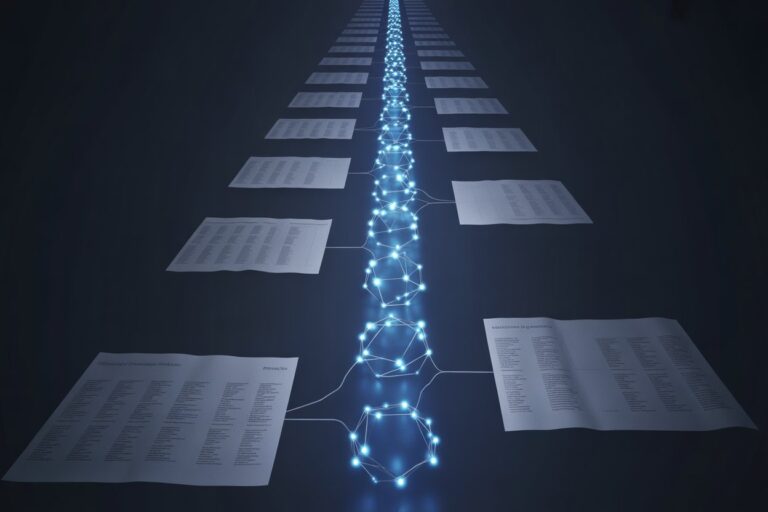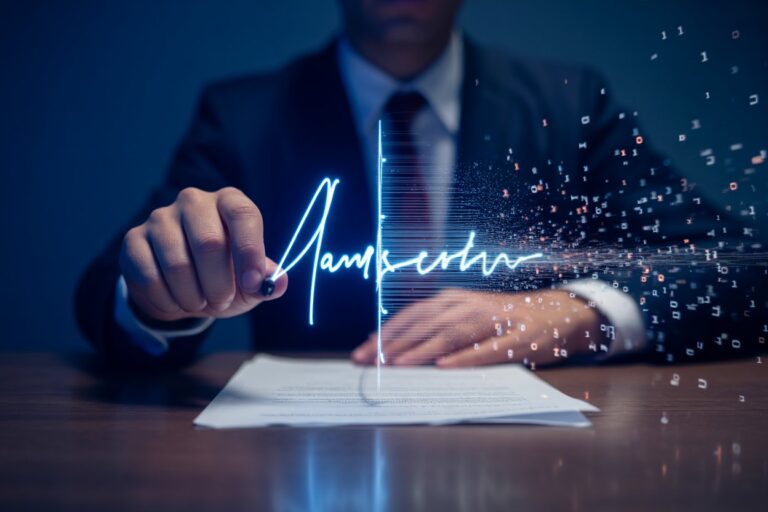Self-Representation Meets AI: Promise, Peril, and Professional Oversight
Artificial intelligence is reshaping who can speak in court. As large language models draft pleadings and summarize precedents, the line between self-help and legal representation blurs. Will AI expand access to justice or dismantle the profession’s remaining guardrails?
The New Pro Se Reality
For decades, the justice gap has been defined by cost and complexity. Millions of Americans appear in civil court without counsel each year, often against represented parties. Now, generative AI tools promise to change that equation. Platforms built on large language models can draft filings, analyze case law, and outline arguments in plain English, giving self-represented litigants capabilities once limited to lawyers. More than three-quarters of documented court uses of generative AI involved pro se parties, a sign of what’s coming to U.S. dockets.
Advocates call this a breakthrough for access to justice. Critics see a risk multiplier. Without professional oversight, AI-generated pleadings may misstate facts, cite phantom cases, or ignore procedural rules. Legal-ethics scholarship warns that such misuse could erode courts’ trust in filings and invite sanctions that fall hardest on those least able to pay.
From Drafters to Auditors
Inside firms, the response is pragmatic. Routine drafting is becoming commoditized, while verification grows in value. Lawyers increasingly act as auditors of AI output—checking citations, refining arguments, and certifying accuracy. In-house legal teams are following suit, building proprietary models trained on their own playbooks to cut reliance on outside counsel. The shift suggests a profession moving from production work toward validation and oversight.
Legal educators are adjusting accordingly. Courses on prompt engineering, model governance, and audit logging are entering law-school curricula and continuing-education programs. The American Bar Association’s AI guidelines emphasize human oversight, confidentiality, and verifiable sourcing—principles that align with the emerging lawyer-as-verifier model.
Promise and Peril for the Self-Represented
For self-represented litigants, AI tools can be lifelines. They explain procedure, translate legalese, and generate draft motions in minutes. Research argues that targeted investment in AI for people without lawyers could narrow the justice gap and reduce court backlogs, with court-approved assistants that guide users through filings with built-in compliance checks.
Yet the same accessibility invites misuse. U.S. courts have already disciplined parties for submitting AI-generated briefs containing fabricated precedent. When a New York lawyer filed a motion citing non-existent cases created by ChatGPT, the resulting sanctions became a cautionary tale across the profession, establishing a new baseline: human verification is not optional.
The technology’s reliability remains a concern. A 2024 study of leading AI legal research platforms found persistent hallucination rates, raising questions about the dependability of low-cost tools marketed to pro se users. When platforms like CoCounsel, Harvey AI, and Lexis+ AI command premium subscriptions from law firms, the tools available to unrepresented litigants often operate with less sophisticated guardrails.
When Does AI Cross the UPL Line?
U.S. states regulate the practice of law differently, but nearly all prohibit unlicensed advice. That boundary is now being tested. If an AI platform generates legal documents or strategic recommendations, does its developer cross into unauthorized practice? Ethics committees are split. Some see the tool as a glorified typewriter; others see it as an unregulated advocate. One state bar ethics analysis warns that marketing AI systems for self-represented litigants could expose vendors to enforcement actions if the tools perform functions reserved for licensed counsel.
Courts, meanwhile, are updating forms and disclaimers. Public guidance issued to litigants urges review of any AI-drafted material for accuracy and relevance before filing. Others are considering safe-harbor certification for approved systems that meet transparency and audit standards.
The Access-to-Justice Paradox
The justice gap is quantitative and qualitative. AI can help more people file claims, but not necessarily win them. A perfectly formatted motion generated by an algorithm may still miss the factual nuance or strategic judgment that sways a judge. Worse, poorly designed tools could flood courts with defective pleadings, straining already limited resources.
From a policy standpoint, more filings do not guarantee more justice. The challenge is ensuring that AI-enabled participation leads to fairer outcomes, not simply greater volume. That will require collaboration between courts, bar associations, and technologists to define minimum standards for reliability and disclosure.
Cost remains central to the equation. Traditional legal representation in civil matters can run from $3,000 to $10,000 for relatively straightforward cases, pricing out vast swaths of litigants. AI-assisted self-help platforms typically charge $50 to $200 monthly, or offer document generation on a per-filing basis for under $100. The price differential is transformative, but only if the output is trustworthy.
Privacy and Confidentiality at Risk
The rush to adopt AI tools has exposed a critical vulnerability: confidentiality. Most consumer-facing AI platforms retain user inputs to improve their models, meaning sensitive case facts, personal information, and legal strategy could be stored on third-party servers. ABA guidance explicitly requires lawyers to ensure client information remains protected when using technology tools, but pro se litigants operating without counsel may not understand these risks.
Several platforms now offer “enterprise” versions with data isolation and confidentiality guarantees, but these typically cost significantly more. The result is a two-tier system where represented parties benefit from secure AI tools while self-represented litigants unknowingly compromise their cases by using free alternatives.
Bias, Performance, and Fairness
Early assessments suggest AI legal tools may perform unevenly across case types and jurisdictions. Systems trained primarily on federal appellate opinions or large-firm practice areas may struggle with state-court procedures, family law matters, or housing disputes, precisely the domains where pro se litigants are most concentrated. The technology’s effectiveness in high-stakes criminal defense or complex civil litigation differs markedly from its utility in small-claims or administrative hearings.
Questions of algorithmic bias also persist. If training data overrepresents certain jurisdictions, practice areas, or legal outcomes, the resulting tools may inadvertently disadvantage litigants in underrepresented categories. Unlike human counsel, who can adapt to local practice and relationships, AI systems operate on pattern recognition that may not translate across contexts.
Insurance, Malpractice, and Client Consent
Professional liability insurers are beginning to respond to AI-assisted practice. Several carriers now require disclosure of AI tool usage in malpractice applications, and some have added specific exclusions or premium adjustments for practices that rely heavily on generative models without documented verification protocols. The concern is straightforward: if an attorney delegates research or drafting to AI without adequate review, who bears responsibility when errors reach the court?
The question of client consent is also evolving. Model Rule 1.4 requires lawyers to keep clients reasonably informed about their representation. Some ethics authorities interpret this to mean attorneys should disclose AI use, particularly when it may affect costs, strategy, or confidentiality. Others argue that AI is simply a tool, no different from legal databases or word processors, and requires no special disclosure. State bars have yet to reach consensus.
Integration or Overload?
Judicial systems are beginning to respond. Guidelines released in 2024 require lawyers to verify outputs and disclose tool usage when relevant. The Delaware Supreme Court adopted a parallel policy for judges and clerks, emphasizing training, disclosure, and accountability. The principle gaining global traction: AI can assist but not decide.
In the U.S., the ABA’s Model Rule 5.3 already holds lawyers responsible for the conduct of non-lawyer assistants. Applying that logic to software suggests that attorneys must supervise AI tools just as they would paralegals. Several state bars—including California and Florida—are now drafting opinions that would extend this duty explicitly to generative systems.
One path leads to integration. Courts certify reliable AI tools, litigants use them under disclosure rules, and lawyers verify results. Access widens, quality improves, and oversight keeps misconduct in check. The alternative path—unregulated adoption—could swamp courts with flawed pleadings and erode trust in filings. The outcome will depend on how quickly institutions adapt and how rigorously vendors are held to legal standards.
Judicial AI Use: The Other Side of the Bench
While much attention focuses on attorneys and litigants, courts themselves are experimenting with AI. Some jurisdictions use machine learning to predict case duration, optimize scheduling, or flag procedural errors in filings. Delaware’s policy extends to judges and staff, requiring the same verification and disclosure standards expected of lawyers. The concern is that AI used in judicial decision-making, even for preliminary matters like bail or discovery disputes, could introduce bias or reduce transparency if not carefully governed.
International jurisdictions are watching closely. The UK’s Civil Justice Council has explored AI for case management. Singapore’s judiciary has piloted AI-assisted document review in complex commercial litigation. These experiments suggest that AI’s role in courts will extend beyond advocacy into administration and adjudication, raising new questions about due process and algorithmic accountability.
The Path Forward
AI will not eliminate the need for counsel, but it will redefine the work lawyers do. Drafting, discovery, and research are moving toward automation, while judgment, advocacy, and verification remain human. The profession’s value is shifting from production to discernment, knowing when technology helps and when it endangers fairness. For self-represented litigants, these tools promise entry to a system that has long priced them out, but access without accuracy can be another form of exclusion.
The challenge ahead is institutional, not technological. Courts will need to set standards for certified AI tools, require disclosure when they are used in filings, and invest in oversight that keeps human accountability at the core of justice. Bar associations must clarify when assistance becomes unauthorized practice, and regulators must draw lines that protect the public without freezing innovation. The rules should evolve as quickly as the tools they govern.
For the legal profession, adaptation is now a test of credibility. Lawyers who treat AI as an extension of due diligence will strengthen the system they serve. Those who ignore it risk ceding trust to code they neither understand nor control. The technology has already entered the courtroom. The question is whether the profession can make it answerable to the law rather than the other way around.
My Take
Access to justice has always been a problem. Most people cannot afford a lawyer, so they either walk away from valid claims or get steamrolled when defending themselves. AI in law is not a cure-all, but if it gives regular people a fighting chance in court, that is a win worth the risks.
Honestly, I doubt most self-represented litigants care that they are feeding confidential information into the depths of ChatGPT. That is the least of their worries. What is more interesting and more troubling is when they upload sensitive material from the opposing side. How does that get handled? My hunch is that it does not. Desperation outweighs data security every time.
Bar associations, legislators, and judges have an almost impossible task in balancing the rights of everyone in the system. Should they create one rulebook for lawyers and another for everyone else? It is an option, but it would hardly be fair to those paying for counsel. Still, if the goal is broader access to justice, regulators should err on the side of inclusion. Better messy access than perfect exclusion.
Sources
- ABA Model Rules: Rule 1.4 Communications
- ABA Model Rules: Rule 1.6 Confidentiality of Information
- ABA Model Rules: Rule 5.3 Responsibilities Regarding Nonlawyer Assistance
- American Bar Association: Adoption of AI Guidelines
- arXiv: Assessing the Reliability of Leading AI Legal Research Tools
- Colorado Lawyer: Professional Conduct and Legal Ethics, December 2024
- Georgetown Journal of Legal Ethics: How Should Legal Ethics Rules Apply When AI Assists Pro Se Litigants?
- Queensland Courts: Using Generative AI (Guidelines for Non-Lawyers)
- Reuters: Delaware Top Court Sets Rules on AI Use for Judges and Staff
- Reuters: Lawyers Fined for Submitting Fake ChatGPT Cases
- Stanford Law School: AI That Serves People Without Lawyers
- Supreme Court of Victoria: Guideline on Responsible AI Use in Litigation
- UNSW Newsroom: More People Are Using AI in Court—Not a Lawyer
This article was prepared for educational and informational purposes only. It does not constitute legal advice and should not be relied upon as such. All cases, sanctions, and sources cited are publicly available through court filings and reputable media outlets. Readers should consult professional counsel for specific legal or compliance questions related to AI use.
See also: Implementing AI in Law: A Practical Framework for Compliance, Governance, and Risk Management







